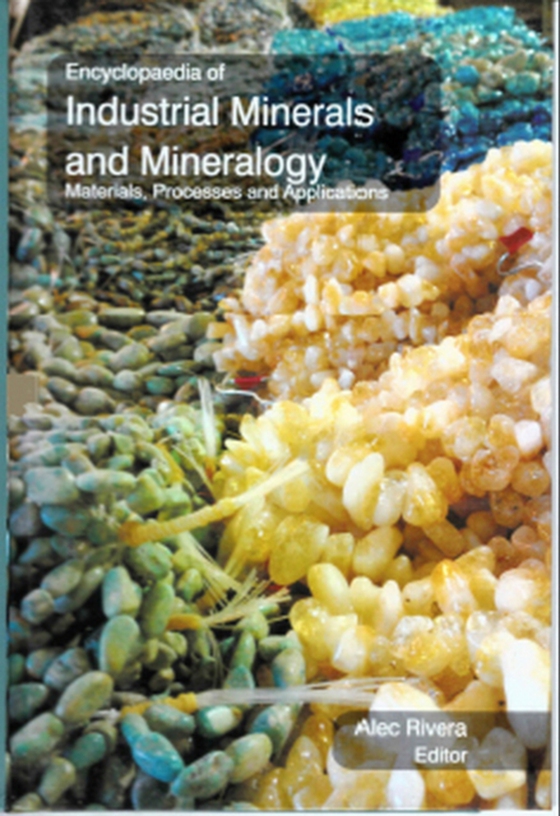
Encyclopaedia of Industrial Minerals and Mineralogy Materials, Processes and Applications (Industrial Mineralogy) e-bog
2921,57 DKK
(inkl. moms 3651,96 DKK)
Industrial minerals include both common and uncommon minerals and some rocks. Construction raw materials such as aggregates are included. Industrial minerals can be categorized according to their market characteristics as bulk minerals, either within or outside a vertically integrated industry, national or regional commodities, internationally traded commodities, dual-purpose metal ores, or ver...
E-bog
2921,57 DKK
Forlag
Anmol Publications PVT. LTD.
Udgivet
30 juni 2013
Længde
268 sider
Genrer
PNV
Sprog
English
Format
pdf
Beskyttelse
LCP
ISBN
9789390313150
Industrial minerals include both common and uncommon minerals and some rocks. Construction raw materials such as aggregates are included. Industrial minerals can be categorized according to their market characteristics as bulk minerals, either within or outside a vertically integrated industry, national or regional commodities, internationally traded commodities, dual-purpose metal ores, or very high-value minerals. Bulk minerals are almost entirely used for construction. Industrial minerals are geological materials which are mined for their commercial value, which are not fuel and are not sources of metals. They are used in their natural state or after beneficiation either as raw materials or as additives in a wide range of applications. The evaluation of raw materials to determine their suitability for use as industrial minerals requires technical task-work, mineral processing trials and end-product evaluation; free to download evaluation manuals are available for the following industrial minerals: limestone, flake graphite, diatomite, kaolin, bentonite and construction materials. Typical examples of industrial rocks and minerals are limestone, clays, sand, gravel, diatomite, kaolin, bentonite, silica, barite, gypsum, and talc. Some examples of applications for industrial minerals reconstruction, ceramics, paints, electronics, filtration, plastics, glass, detergents and paper. In some cases, even organic materials (peat) and industrial products or by-products are categorized under industrial minerals, as well as metallic compounds mainly utilized in nonmetallic form. In some cases, organic substances (such as peat) are categorized as industrial minerals. This case, however, violates the technical definition of a ';mineral.' A substance must be a mineral before it may be categorized as an industrial mineral. Peat is a geologic substance mined for its economic value but that does not mandate that it be referred to as a mineral or as an industrial mineral. This encyclopaedia covers the entire spectrum of mineralogy and consolidates its applications in various fields.
 Dansk
Dansk

